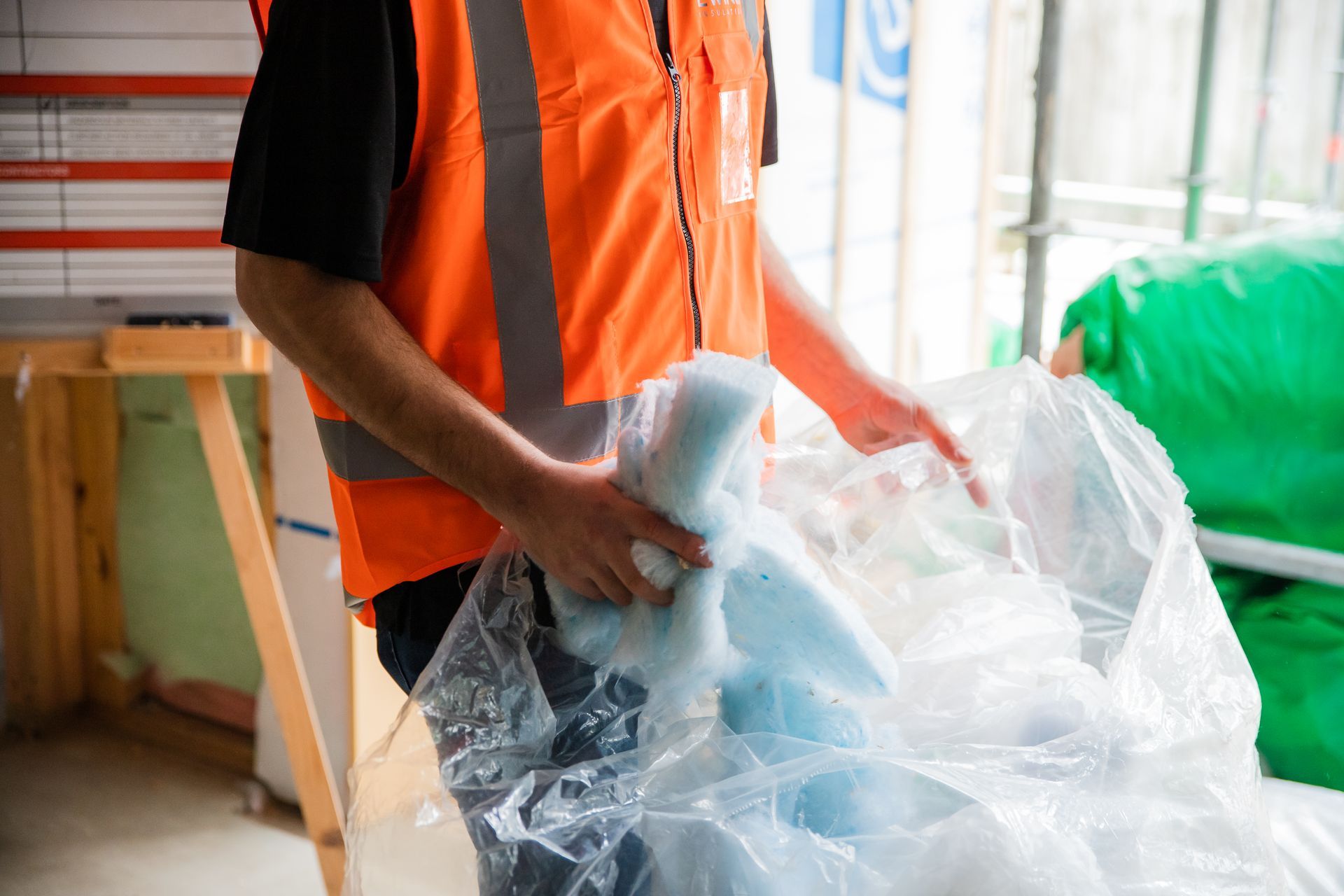Supporting product circularity in the New Zealand building industry

An estimated 40% of global greenhouse gas (GHG) emissions are directly and indirectly caused by buildings. We are confident that the building industry can substantially reduce its impact on the environment, helping New Zealand meet its net-zero carbon emissions goals. And we believe our sustainability policies can help lead the change.
In the course of our sustainability journey over the past ten years, we have developed a strategy that sets the direction for our goals and initiatives. We have aligned these with the UN’s Sustainable Development Goals, identifying six of which that connect specifically to our strategy. These are: Climate action; Partnerships for the goals; Sustainable cities and communities; Responsible consumption and production; Good health and wellbeing; and Decent work and economic growth.
Putting good intentions to work
Here are some of the ways we put our strategy into practice:
- Today, all our products comprise at least 50% recycled PET, and all trimmings and offcuts from manufacturing are fed back into our production line.
- To ensure our products do not negatively affect indoor air quality, our sustainability team thoroughly screens any raw material before it is accepted for use in manufacturing. Our detailed product certifications list all ingredients down to concentrations of 1%, and all GreenStuf products are within the allowable volatile organic compound (VOC) limits for acceptable health impacts.
- As an organisation that relies on a global supply chain, we ensure no form of modern slavery is conducted within our business, and we thoroughly screen all our suppliers, choosing only those who have proof of ethical practices.
- We use part of our turnover to fund restorative social and environmental programmes – from empowering youth through mentorship programmes to supporting sports teams.
GreenStuf’s Takeback programme
We are well aware that manufacturing a sustainable product is not enough, and we strongly believe that we are responsible for our products after they leave the factory. And so we have launched Takeback, an initiative to help keep leftover GreenStuf product out of landfill.
The Takeback programme enables offcuts and trimmings to be collected from installation sites and returned for reuse. We ran a successful pilot in 2021 in collaboration with commercial construction firm Naylor Love, and the full programme is now live in Auckland, with plans under way for a nationwide rollout.
On our way, together
Aidan Hill, sustainability manager at GreenStuf, acknowledges that in New Zealand ‘we are at an early stage of product stewardship and takeback. And a key step now is to socialise this thinking and for everyone in the supply chain to collaborate.’
Through schemes such as Takeback, we can help build a circular economy across the construction industry, enabling a more sustainable future for all.

